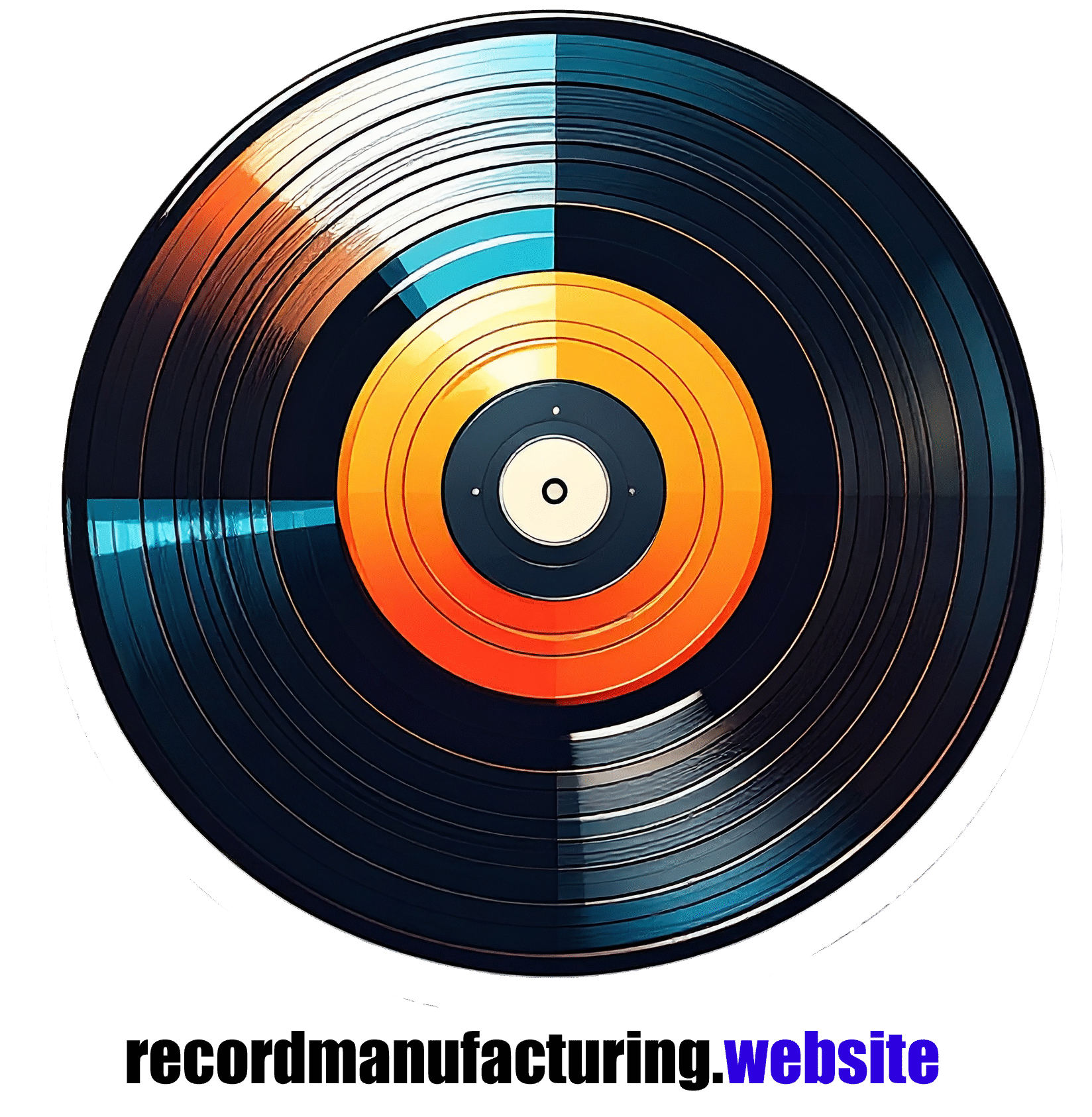What Is a Lacquer Cut in Record Manufacturing?
Before any vinyl record reaches a turntable, the first and most important step in the manufacturing process is the lacquer cut. For artists, labels, and audio professionals, understanding this stage is essential — because the quality of the lacquer directly impacts the sound of every pressed record that follows.
A lacquer cut is the process of transferring the final mastered audio onto a lacquer-coated aluminum disc. This disc is soft enough for a cutting stylus to engrave grooves into it, capturing every detail of the audio. A skilled cutting engineer, often working alongside a mastering engineer, adjusts levels, EQ, spacing, and groove depth to ensure the record plays back cleanly without distortion or skips.
Once the lacquer is cut, it is carefully inspected and then sent to the pressing plant for electroplating. During electroplating, the lacquer is turned into a metal stamper — the mold used to press thousands of vinyl records. Any imperfections in the lacquer (dust, scratches, or mastering errors) will appear on every pressed copy, which is why this step requires precision, experience, and a pristine environment.
Lacquer cutting also influences how special vinyl formats like splatter vinyl, color variants, or audiophile pressings will turn out. Even the most visually stunning vinyl pressing depends on a flawless lacquer to deliver warm, dynamic playback.
For independent artists releasing on Bandcamp, or engineers working in live music, sound engineering, or audio engineering, understanding lacquer cutting helps set realistic expectations for timelines, sound quality, and final product consistency.
In the world of music manufacturing, the lacquer is the true “master” — the foundation of every groove that fans will hear for decades.
Records Pressing by In CDN $
vinyl records pressing by in USD
#vinylpressing #vinylpressingcanada #pressingplant #bandcamp #soundengineer #audioengineer #livemusic #musicmanufacturing #recordpress #splattervinyl #vinylrecordpressing
